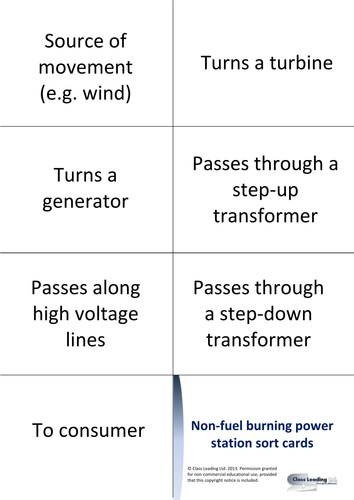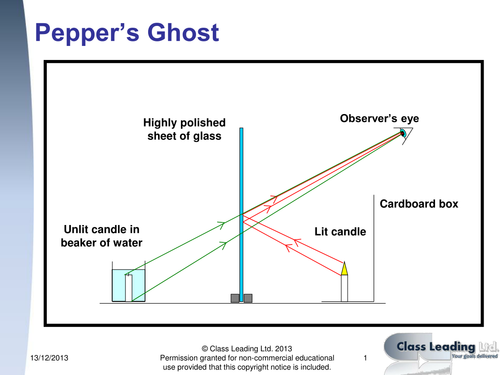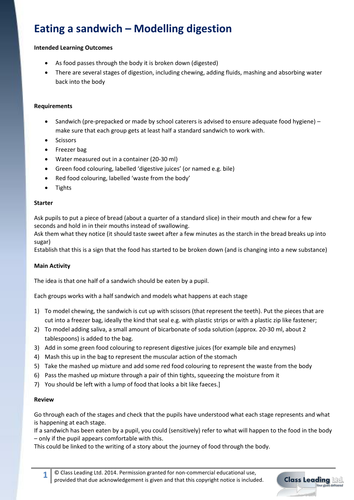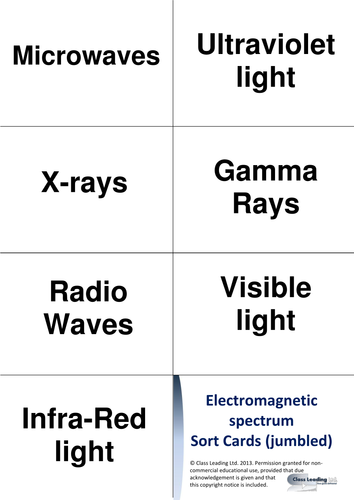314Uploads
262k+Views
194k+Downloads
Physics

X-ray safety - graded questions
This activity contains a powerpoint with graded questions & answers and matching pupil activity sheets, designed to be used at the end of a lesson and/or the start of the next lesson to review previous learning. The questions are based on the previous OCR 21st Century Science Specification unit P2, although could be used with other exam boards.\nClicking through the show reveals answers one a time. These reduce to A5 easily, the ideal size for most pupils. Please note grades are approximate.

Absorbing EM radiation - graded questions
This activity contains a powerpoint with graded questions & answers and matching pupil activity sheets, designed to be used at the end of a lesson and/or the start of the next lesson to review previous learning. The questions are based on the previous OCR 21st Century Science Specification unit P2, although could be used with other exam boards.\nClicking through the show reveals answers one a time. These reduce to A5 easily, the ideal size for most pupils. Please note grades are approximate.

Power station sort cards - sequencing
This resource is to help learners either learn or revise the sequence of events in generating electricity for consumers. The statements on the card are partial statements about what happens during this sequence. Learners could try sorting these as a prediction of the sequence. This allows for discussion & cognitive conflict. Students could justify their reasoning, complete the statements and/or sequence by indicating what is being referred to at each stage, compare similarities é differences é highlight differences in other power stations e.g. nuclear. Jumbled é non-jumbled versions included.

Light open evening display information cards
These cards were produced to provide explanations of light experiments at an open evening. They would also be suitable as information cards for KS3 light lessons.

Resistance of LDR & thermistor - graded questions
This activity contains a powerpoint with graded questions & answers and matching pupil activity sheets, designed to be used at the end of a lesson and/or the start of the next lesson to review previous learning. The questions are based on the previous OCR 21st Century Science Specification unit P5, although could be used with other exam boards.\nClicking through the show reveals answers one a time. These reduce to A5 easily, the ideal size for most pupils. Please note grades are approximate.

Eating a sandwich - modeling digestion
There are two parts to this activity, one is a practical activity to model the process of digestion. The other is a powerpoint slideshow to show what happens to the food on its journey through the body. If using with KS3 then the learning outcomes on the activity plan could also include breaking up of molecules in digestion. If using with KS2 for the new curriculum, the powerpoint will include some terms/slides that you may wish to miss out, so it has been left in an editable form.\nPlease ensure that you carry out a risk assessment before carrying out a practical activity.

The greenhouse effect - graded questions
This activity contains a powerpoint with graded questions & answers and matching pupil activity sheets, designed to be used at the end of a lesson and/or the start of the next lesson to review previous learning. The questions are based on the previous OCR 21st Century Science Specification unit P2, although could be used with other exam boards.\nClicking through the show reveals answers one a time. These reduce to A5 easily, the ideal size for most pupils. Please note grades are approximate.

Seismic Waves - graded questions
This activity contains a powerpoint with graded questions & answers and matching pupil activity sheets, designed to be used at the end of a lesson and/or the start of the next lesson to review previous learning. The questions are based on OCR 21st Century Science Specification, although could be used with other exam boards.\nClicking through the show reveals answers one a time. There are two slightly different activity sheets for differentiation - one has key words, the other without. These reduce to A5 easily, the ideal size for most pupils. Please note grades are approximate.

Average & Instantaneous speed - graded questions
This activity contains a powerpoint with graded questions & answers and matching pupil activity sheets, designed to be used at the end of a lesson and/or the start of the next lesson to review previous learning. The questions are based on the previous OCR 21st Century Science Specification unit P4, although could be used with other exam boards.\nClicking through the show reveals answers one a time. These reduce to A5 easily, the ideal size for most pupils. Please note grades are approximate.

Electromagnetic (EM) Spectrum sort cards
These sort cards can be used as a starter or starting point for the topic of the EM spectrum and again as a review/ plenary. They can also be used to help revise the sequence of the EM spectrum. This activity goes well with the EM grid activity.
This resource is part of a sequence with the following three other resources:
This resource
EM spectrum sort cards https://www.tes.com/teaching-resource/resource-6341302
IR remote control https://www.tes.com/teaching-resource/resource-12952897
UV Washing powder https://www.tes.com/teaching-resource/resource-12952892

Home experiment: Infrared remote control
In this video, which is aimed at KS4 pupils, you can see an infrared remote control. The remote control is pointed at the camera and a button is pressed. You can see the signal from the remote control, even though it would be invisible if you were to look at it with your eyes directly. The camera used is sensitive to infrared and so shows it up on screen. Pupils may be able to repeat this experiment at home, although some cameras include infrared filters to reduce glare from sunlight, so it may not show up properly.
This resource is part of a sequence with the following three other resources:
EM spectrum grid https://www.tes.com/teaching-resource/resource-6341301
EM spectrum sort cards https://www.tes.com/teaching-resource/resource-6341302
This resource
UV lamp and washing powder https://www.tes.com/teaching-resource/resource-12952892

Experiment: UV and washing powder
In this video, which is aimed at KS4 pupils, washing powder is shown under an ultraviolet lamp. This shows the fluorescence from the washing powder as the UV light is absorbed and visible light is emitted from the powder, making it appear much brighter than the washing powder would be if it was simply reflecting the light.
This resource is part of a sequence with the following three other resources:
EM spectrum grid https://www.tes.com/teaching-resource/resource-6341301
EM spectrum sort cards https://www.tes.com/teaching-resource/resource-6341302
IR remote control https://www.tes.com/teaching-resource/resource-12952897
This resource

Experiment - melting ice & freezing wax
In this video, which is aimed at KS3 pupils, a video is shown with changes of state of matter for ice and wax.
The melting ice takes place on a two surfaces, a conductive surface (aluminium pan) and and an insulating surface (wooden chopping board). The video shows how the time of melting differs for each surface.
The experiment also shows wax freezing on the same two surfaces.
Pupils can compare the times and suggest explanations as to why the times differ. The video includes prompts to support their thinking.

Do Try This At Home: Modelling a 'day' - daytime and night-time
This is a video to support the teaching of space to KS2 pupils. In the video, it describes how you can model daytime and night time to help pupils understand that this is caused by the rotation of the Earth. It also explains the changes that happen during the seasons.

Video - Why do we need to learn about space
This video is aimed at KS2/3 pupils and helps them to think about why they need to learn about space.

Video Experiment: A pair of forcemeters
In this video, you will see an experiment where a pair of identical forcemeters are pulled apart. There are questions that focus pupils on the force pair interaction. It asks pupils to make predictions, then shows what happens in the experiment.

Thinking About: Energy stores & pathways in toys
In this video, which is aimed at pupils in KS3/4, there are a series of toys shown in action. Pupils are asked to consider the energy stores that the toys represent.

Thinking About: A hot-air balloon rising
In this video, which is aimed at KS3/4 pupils, a hot air balloon is shown rising. Pupils are asked to describe and explain what they see and are reminded that there is a heater in the balloon. This can be used as part of a lesson about density, where pupils can use the idea of the hot air being less dense than the cooler air around it, therefore causing the balloon to float.

Experiment: Tangerine mystery
In this video, which is aimed at pupils in KS4, a tangerine is shown. Firstly it is weighed, then is shown floating on water. Then it is peeled, weighed again, and then pupils are asked to predict what will happen when it is placed in water. There is an element of surprise in the video that aims to help challenge preconceptions that they might hold.

Experiment: Making a fruit 'battery'
In this video, which is aimed at KS3/4 pupils, a fruit ‘battery’ is shown. The ‘battery’ has been made with different pairs of metals for the electrodes. Readings are shown in the video for the potential difference (voltage) across the electrodes for each pair. Pupils can then consider the connection between reactivity of the metals and the results of the experiment.




















